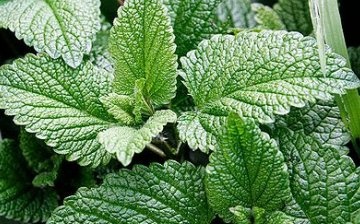Peppermint - beneficial properties
The peppermint plant is a cross between water mint and garden mint. Mint belongs to perennial plants, its bushes in height can reach a height of one meter.
Despite the fact that mint has the ability to bloom, after flowering, fruits are almost never formed on the plant.
The beneficial properties of peppermint have been known since ancient times. Many varieties of mint are used in cosmetology, medicine, food industry, its essential oil is widely used in aromatherapy.
Leaves, flowers and shoots of mint contain a large amount of essential oil, vitamins P, C, tannins, phytoncides, fats, carotene, biologically active substances and minerals.
For medical purposes, peppermint is used to treat cardiovascular diseases, headaches, neurological diseases, insomnia, urolithiasis, atherosclerosis, diseases of the gastrointestinal tract, gallbladder, liver and others. Men should be warned that they should not get carried away with mint: mint, reducing excitability, can affect a decrease in potency.
In cooking and medicine, mint is used both fresh and dried. The shoots and leaves of mint have a spicy taste, pleasantly cool, the aroma is pronounced due to the high content of menthol in them.
Very often, fresh peppermint leaves are added to salads, they are seasoned with fish and meat dishes, soups. Peppermint is used in desserts, in the preparation of drinks, sauces are prepared on its basis, and added to the dough when baking bread and other confectionery products.




I'm interested in this fact. In our village, peppermint grows by itself every year, no one is engaged in it. But at the dacha we plant it on purpose and it dies. With what it can be connected?